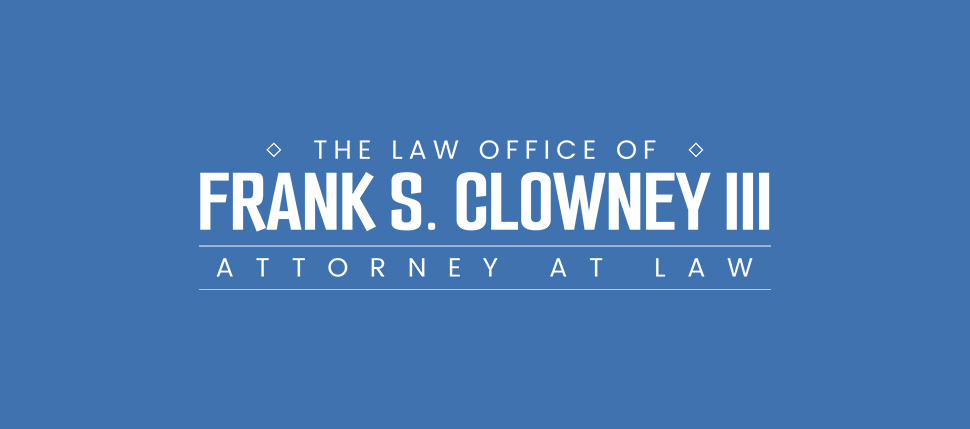U.S. government does ‘about face’ on transgenders in military

With President Biden’s recent executive order allowing transgender people to serve openly in the military again, U.S. employers cannot help but take note. The issue — or non-issue — regarding transgenderism continues to gain a great amount of attention.
More and more people in U.S. society have accepted transgender work colleagues, family members and friends. In the past 15 years, there has been an increasing number of openly transgender people in the workplace, helping companies, nonprofits as well as serving their country in the U.S. military.
Biden fulfills campaign promise
Employment rights and LGBTQ advocates applauded President Biden’s executive order from Jan. 25, which reversed the transgender military ban of the Trump Administration. By doing so, Biden fulfilled a campaign promise in overturning the controversial decision.
The nearly two-year ban instituted in April 2019 barred transgender individuals from serving openly in the military. As a result, transgender people were not allowed to enlist, and service members who came out after the ban had to serve under their assigned sex at birth.
The Trump Administration had long reasoned that the transgender issue in the military was disruptive, while also citing the unproven high medical costs attributed to transgender individuals.
Nearly 2,500 transgenders in military
An estimated 1.3 million people actively serve in the U.S. military. There are no official numbers of transgender members. However, the Rand Corp, which focuses on policy research, declared in 2016 that the U.S. military includes an estimated 2,450 transgender members.
Transgenderism in the military came to the forefront in June 2016 when a declaration by the Obama Administration allowed transgender individuals to serve openly in the military while also receiving medical care in efforts to change genders.
Discrimination of any kind is illegal in the workplace. However, the issue pertaining to transgenders in the workplace continues to surface within the confines of the U.S. government. The Biden Administration decision seems to be leading the government in the previous and more accepting direction.

